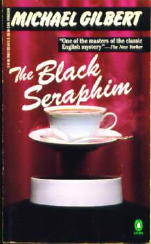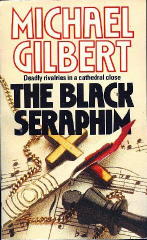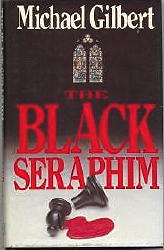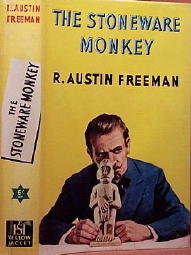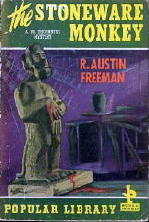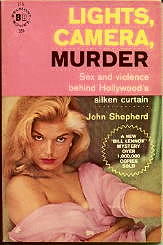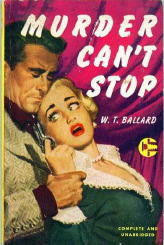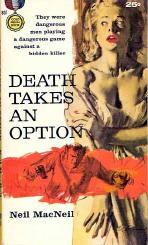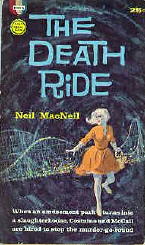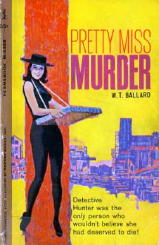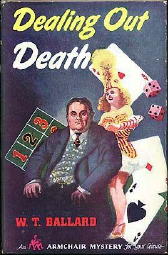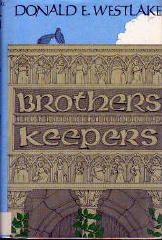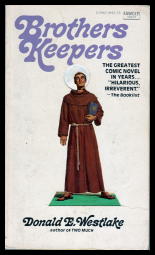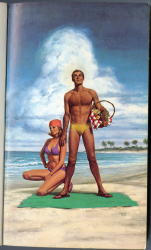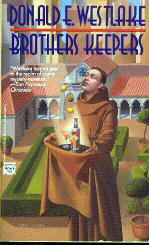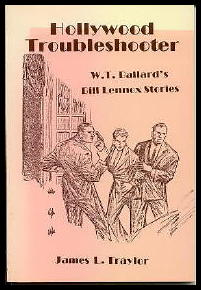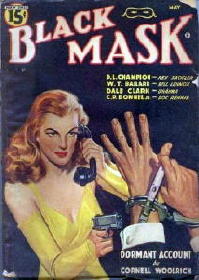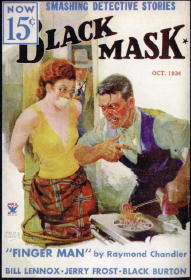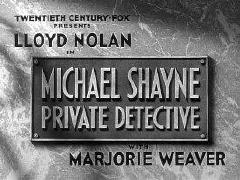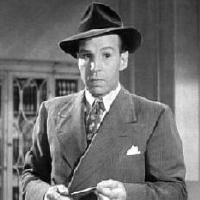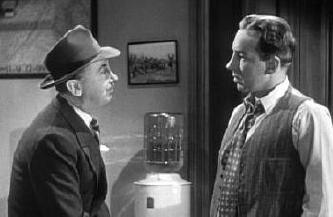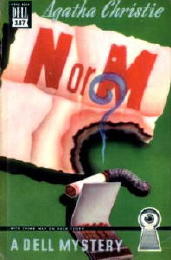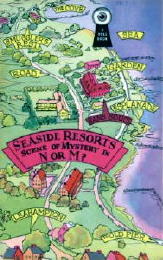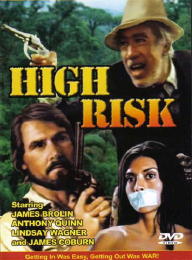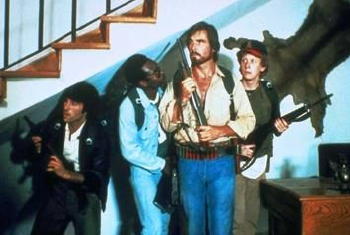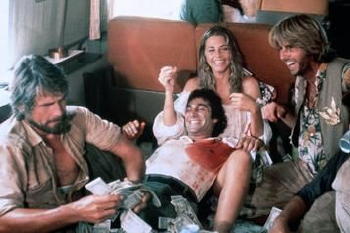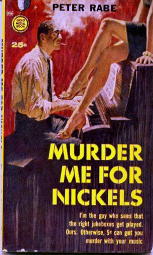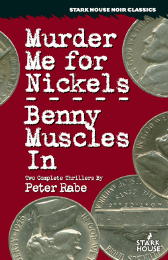Mon 16 Jul 2007
Review: PAULA GOSLING – Death and Shadows.
Posted by Steve under Authors , Crime Fiction IV , ReviewsNo Comments
PAULA GOSLING – Death and Shadows
Warner, British paperback; 1st printing, 2000. British hardcover edition: Little, Brown; 1998. No US edition.
A brief bit of biographical information first, if you’ll allow me, because an explanation’s going to be needed as to why a book taking place in Michigan’s Upper Peninsula has been published in the UK but never here in the US. According to one website, Paula Gosling was born in Detroit in 1939, but she moved permanently to England in 1964. After working as a copywriter and a copy consultant she became a full-time writer in 1979.
Taken from both that website and Crime Fiction IV, by Allen J. Hubin, here’s a complete list of her book-length mystery fiction, as published in the UK. Most of these are also available in paperback editions, but I haven’t taken the time to investigate into these. The last four, though – the ones marked # – have never had a US edition:
= Fair Game (n.) Coward 1978. Revised and expanded from: A Running Duck.
• The Zero Trap (n.) Macmillan 1979 [Arctic]
• Loser’s Blues (n.) Macmillan 1980 [London]
= Solo Blues (n.) Coward 1981. See: Loser’s Blues.
• The Woman in Red (n.) Macmillan 1983 [Spain]
• Monkey Puzzle (n.) Macmillan 1985 [Lt. Jack Stryker; Ohio; Academia]
• The Wychford Murder (n.) Macmillan 1986 [Luke Abbott; England]
= The Wychford Murders (n.) Doubleday 1986. See: The Wychford Murder.
• Hoodwink (n.) Macmillan 1988 [Lt. Jack Stryker (only briefly); Ohio]
• Backlash (n.) Macmillan 1989 [Lt. Jack Stryker; Michigan]
• Death Penalties (n.) Scribner 1991 [Luke Abbott; London]
• The Body in Blackwater Bay (n.) Little 1992 [Lt. Jack Stryker; Matt Gabriel; Michigan]
• A Few Dying Words (n.) Little 1993 [Matt Gabriel; Michigan]
• The Dead of Winter (n.) Little 1995 [Matt Gabriel; Michigan]
• Death and Shadows (n.) Little 1999 [see below; Michigan] #
• Underneath Every Stone (n.) Little 2000 [Matt Gabriel; Michigan] #
• Ricochet (n.) Little 2002 [Lt. Jack Stryker; Michigan] #
• Tears of the Dragon (n.) Allison & Busby 2004 [Chicago, 1931; the era of Al Capone] #
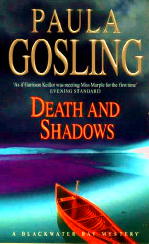
I’ve already informed Al that he omitted Matt Gabriel as a series character in Death and Shadows. Gabriel is the sheriff for Blackwater Bay, a sleepy backwater resort town that over the years has have more than its share of unusual mysteries to solve. Jack Stryker, who’s a lieutenant for the police force a few towns over, makes a cameo appearance in Death and Shadows – never in person, only by telephone.
Here’s a question for you. How are hospitals and serial killers alike? Answer: I don’t usually read mysteries in which either one is involved, and here I violated my own rules twice, as that’s exactly what kind of mystery this is – one in which the staff and patients in a private nursing home are found murdered, one by one.
As I pointed out earlier, Matt Gabriel is the local sheriff, but as it turns out, he’s neither of the two primary leading characters, the first being physiotherapist Laura Brandon. She’s the niece of the owner of Mountview Clinic, and extremely interested in learning how her friend and predecessor for the position was murdered. The second of the ad hoc sleuthing pair that gradually develops is Tom Gilliam, a patient who’s withdrawn well into himself since the mishap iy was that forced him off Jack Stryker’s police force.
Another reason why I surprised myself in reading this book is that it is nearly 380 pages long, and in small print too. A hospital setting, a possible psychotic killer on the loose, and a book twice as long as my usual reading fare. You’d think it would be a matter of three strikes and out, but not so. This book kept me up reading for several nights in a row. I was able to put it down, but the next evening I couldn’t resist, and I was back reading it again.
Maybe because the opening two or three chapters read exactly like a gothic novel, with a young(ish) girl coming fresh into a new mysterious and slightly spooky setting. A manor house, a hospital – it makes little difference. Maybe because in 380 pages there is an ultra-abundance of clues to be puzzled over, with lots of secrets on the part of almost everybody, broken hand railings, a local legend called the Shadowman. Maybe because of the many, many red herrings and false trails to follow and double back upon. Delicious!
